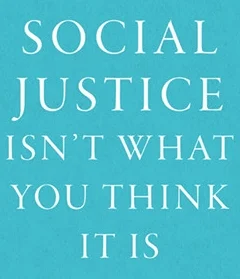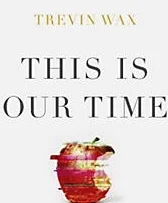The Fellowship - A Recent Book for Inklings Fans
For many fans the Inklings, anything about C. S. Lewis, J. R. R. Tolkien and their assorted friends is welcome. We’ve pored over the literary works of both men and the apologetic contributions of Lewis and still celebrate any tidbit that might help to explain why their stories move us so deeply and inspire us to live more richly.
At this point, decades after the last of the first-generation Inklings have died with only Christopher Tolkien—J. R. R. Tolkien’s son—still alive, many books have been written about this literary club and their assorted works. And yet, avid readers still snap up new entries into the discussion. In reality, there are still untapped manuscripts, correspondences, and connections to be made, so many of these works make legitimately original contributions to the field.
The 2015 volume The Fellowship: The Literary Lives of the Inklings is just such a volume. Penned by a husband and wife team who both teach at Smith College, Philip and Carol Zaleski, this book groups Tolkien, Lewis, Owen Barfield and Charles Williams. Barfield is much less discussed in Inklings studies, in part because his public prominence largely occurred after the Inklings had ceased meeting and in part because of his connection to Tolkien and Lewis. Williams is better known, but less popular than Tolkien and Lewis, in part because of his esoteric version of Christianity.
The Zaleski’s have accomplished a feat in this volume. They have written a scholarly tome that is lucid and engaging. There are places where the tempo drags a bit, but given there are just over five-hundred pages of text, enticing the reader to make it to the finish line is in itself an accomplishment.
Summary
The format of the book is mainly chronological, though in an attempt to weave back and forth between the four figures they are discussing, there are points where the tales get out of order. However, the markers in the text are clear and shift in timeframe does not result in a confused muddle, as it too easily can. Overall, the book emphasizes the literary lives of Tolkien and Lewis more than the other two. This makes sense, since Barfield and Williams are less publicly known, have a less significant body of work, and are interesting in large part because of their influence on Tolkien and Lewis.
The book is a literary biography, which means that it emphasizes the written work of the four men, using biographical data to inform the argument. It shows how their literary works developed and the circumstances under which they evolved.
In our day of electronic communication, one wonders if such a project will be possible for whoever contemporary authors of interest will be. However, the Inklings left behind ample correspondence, diaries, and other artifacts to piece together a reasonable history.
Analysis and Conclusion
The weakness in this volume, as in many literary accounts of the Inklings, is that theology is handled in a confusing and sometimes non-discerning manner. Specifically, the four Inklings discussed in this volume are all discussed as equally Christian. Yet, Williams was syncretistic, bringing elements of the occult and other mystical theories into his Christianity. Similarly, Barfield engaged in downright pagan practices. Both Barfield and Williams were quite far from any orthodox version of Christianity, but those divergences are glossed over in this volume. Additionally, the Zaleski’s—who are Roman Catholics—take great pains to pitch Lewis as on the threshold of Catholicism in several instances. They are also apologetic as times when Lewis makes statements that clearly differentiate Christianity from other religions, particularly Judaism. As intriguing as this volume is, it isn’t clearly a reliable source for the theological lives of the Inklings.
That notwithstanding, this is an excellent book. Others who are interested in the Inklings will find this a rich resource that should influence Inklings studies for years to come. The Zaleski’s should be applauded for their careful research and elegant prose.
Note: I received a gratis copy of this volume without expectation of a positive review. Also, the above link is an affiliate link.





























There’s no reason to doubt that Jesus was nailed to the cross. Ultimately, I trust what Scripture says about Jesus’s crucifixion because I also trust what it says about his resurrection. And that’s what we should be celebrating this week.